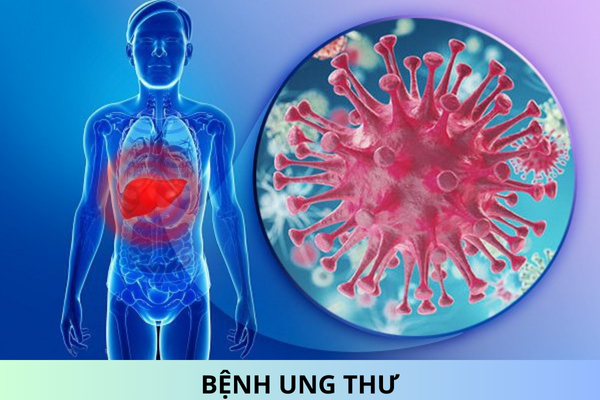Symptoms of Individuals with Progressive Acute Respiratory Distress Syndrome due to Covid-19
Based on Section 4, Item IV, Decision No. 1344/QD-BYT in 2020, the symptoms of individuals with progressive acute respiratory distress syndrome due to COVID-19 are specified as follows:
- Onset: new or worsened respiratory symptoms within one week from the onset of clinical symptoms.
- X-ray, CT scan, or lung ultrasound: images showing bilateral opacities not due to pleural effusion, lobar collapse, or pulmonary nodules.
- Origin of pulmonary edema not due to heart failure or fluid overload, objective assessment (such as cardiac ultrasound) is needed to exclude hydrostatic pressure pulmonary edema if no risk factors are present.
- Hypoxemia in adults: classification based on PaO2/FiO2 (P/F) ratio and SpO2/FiO2 (S/F) ratio when PaO2 results are not available:
+ Mild ARDS: 200 mmHg < P/F ≤ 300 mmHg with PEEP or CPAP ≥ 5 cm H2O.
+ Moderate ARDS: 100 mmHg < P/F ≤ 200 mmHg with PEEP ≥ 5 cm H2O.
+ Severe ARDS: P/F ≤ 100 mmHg with PEEP ≥ 5 cm H2O.
+ When PaO2 is not available: S/F ≤ 315 suggests ARDS (including in patients not on mechanical ventilation).
- Hypoxemia in children: classification based on OI (Oxygen Index: OI = MAP x FiO2 x 100/PaO2) (MAP: Mean Airway Pressure) or OSI (Oxygenation Saturation Index using SpO2: OSI = MAP x FiO2 x 100/SpO2) for patients on invasive mechanical ventilation, and PaO2/FiO2 or SpO2/FiO2 for patients on CPAP or non-invasive ventilation (NIV):
+ NIV BiLevel or CPAP ≥ 5 cmH2O via mask: PaO2/FiO2 ≤ 300 mmHg or SpO2/FiO2 ≤ 264.
+ Mild ARDS (invasive mechanical ventilation): 4 ≤ OI < 8.
+ Moderate ARDS (invasive mechanical ventilation): 8 ≤ OI < 16.
+ Severe ARDS (invasive mechanical ventilation): OI ≥ 16 or OSI ≥ 12.3.
We provide this information in response to your query.
Best regards!










